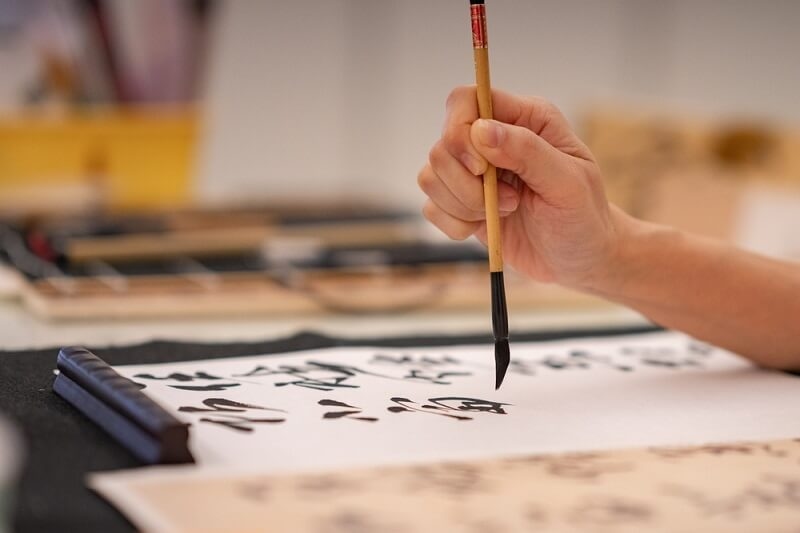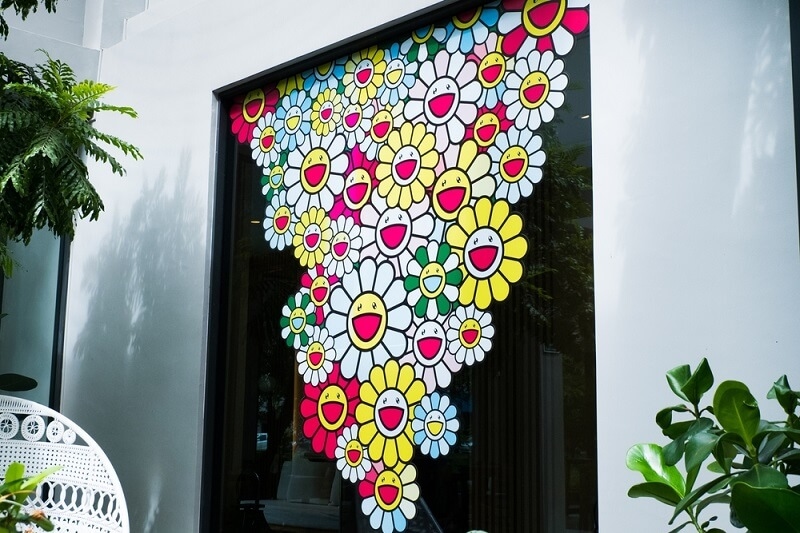
Japan has contributed to the world some of the most inspiring and eye-pleasing art. Strokes work on the old scrolls and the striking polka dots on the new installations, Japanese artists have remained top of the international art culture. It is not only artists who are well-known in their native country, but they succeeded in the international market. Here in this guide, we take a look at the 10 most popular and well-known Japanese artists and their most recognized pieces that you should be aware of.
Katsushika Hokusai is a renowned Japanese artist of all time. His life spanned the Edo period, and he produced thousands of prints, paintings, and illustrations of woodblock illustrations. He was working on themes of nature, everyday life, and spiritual life.
Considered to be one of the most well-known pictures in the world of Japanese art, this picture of a huge wave bent over small boats and the mountain Fuji in the background is considered typical. The painting impressively combines movement and stasis, thus representing both the beauty and the threat of nature.
This series of prints presents Japan's favorite mountain in different directions and in different seasons. It brings out the point that something common can be presented in infinite ways. Hokusai is remembered, in the Western arts also, such as Impressionism.
Yayoi Kusama is one of the most famous artists today, known globally for her unique use of polka dots, repetition, and color. Born in 1929, Kusama has overcome mental health struggles and used art as a form of healing and self-expression.
These immersive installations use mirrors and lights to create never-ending reflections. Visitors often describe the experience as surreal and emotional.
Kusama’s bright, spotted pumpkins have become cultural symbols. These sculptures are playful, bold, and instantly recognizable. Her art is deeply personal yet universally engaging, making her one of the most famous Japanese artists ever.
Utagawa Hiroshige was a master of ukiyo-e during the 19th century. He captured the natural beauty and daily life of Japan with a poetic touch.
This iconic series depicts the journey along the T?kaid? road between Edo (Tokyo) and Kyoto. Each stop is shown with unique characters, weather, and scenery.
Through these works, Hiroshige painted not just places, but also the emotions of each season. Snowfall, cherry blossoms, and summer rains were shown in ways that felt personal and alive.

Takashi Murakami is a contemporary artist who blends fine art with pop culture. He coined the term "Superflat" to describe his style, which mixes anime, manga, and traditional Japanese art forms.
Murakami's Superflat concept reflects both the look and feel of Japanese pop culture and its deeper issues, such as consumerism. His work is bright and cartoonish, yet full of hidden messages.
His signature smiling flowers and character “Mr. DOB” appear in countless artworks, often on colorful backgrounds. Murakami has worked with fashion brands like Louis Vuitton, showing how modern Japanese artists can cross into commercial art.
Tawaraya S?tatsu, active in the early 17th century, was a co-founder of the Rinpa school of painting. His work combined Japanese aesthetics with luxury, often using gold and silver foil.
One of Japan’s most recognized paintings, this piece shows the powerful gods with swirling clouds against a gold backdrop. The figures are dynamic, giving the painting energy and movement.
S?tatsu’s decorative screens with flowers, waves, and birds were made for elite households. He turned everyday themes into elegant artwork, making him a famous Japanese artist in history.
Chiho Aoshima is a digital artist and a member of Takashi Murakami’s Kaikai Kiki collective. Her work features dreamy, surreal scenes filled with spirits, magical girls, and landscapes.
In this digital mural, a glowing, futuristic city grows from a girl’s body. It reflects modern society, dreams, and environmental concerns. The artwork feels both whimsical and haunting.
Aoshima often explores the connection between human emotions and nature. Her colorful and strange visuals invite viewers to get lost in imaginative worlds.
Ito Jakuchu was a Kyoto-based painter during the Edo period, known for his love of nature and unique brush techniques. His paintings of animals and plants are incredibly detailed and vibrant.
This series of 30 hanging scrolls features animals, birds, and underwater creatures in stunning color. The attention to detail shows Jakuchu’s deep appreciation for all life forms.
Jakuchu’s rooster paintings show the birds in different poses with lifelike feathers and expressive eyes. He combined Zen calm with playful imagination.
Fujishima Takeji was one of the first Japanese artists to study Western painting styles in Europe. He helped introduce oil painting to Japan and is known for his portraits and landscapes.
His women in kimonos are soft, elegant, and painted with warm light. These works show how Japanese beauty can be expressed through Western techniques.
Fujishima’s peaceful landscapes use soft colors and light effects, offering a calm and reflective mood. He is remembered as a pioneer who brought modern painting techniques to Japan.
Mariko Mori is a multimedia artist who explores life, death, and the universe using futuristic materials and digital art. Her works often include references to Shinto, Buddhism, and space.
This spaceship-like sculpture invites visitors to lie down and view their brainwaves projected as light. It’s a perfect mix of technology, spirituality, and art.
A blend of ancient temple design and new materials, this installation offers a peaceful and meditative experience. Mori’s work reflects on the future while honoring the past.
Sessh? T?y? was a Zen monk and the greatest master of Japanese ink painting. His works show discipline, minimalism, and spiritual depth.
This famous artwork features snow-covered mountains and rivers, painted using only shades of black ink. It creates a deep sense of silence and calm.
Sessh?’s scrolls, painted with quick, bold strokes, reflect Zen teachings. They show that true beauty can be found in simplicity.
These 10 renowned Japanese artists have a strong impression on the art world. From the Crashing waves by Hokusai to the polka dot pumpkin by Yayoi Kusama, these artists left a new way of viewing the world. Their well-known artworks narrate about the culture, nature, feeling, and imagination. Famous as artists (traditional or even modern-bound), these artists remain a source of inspiration. They confirm that Japanese artists are not just the creators of beautiful things, but also the thinkers and creators of visions.
This content was created by AI